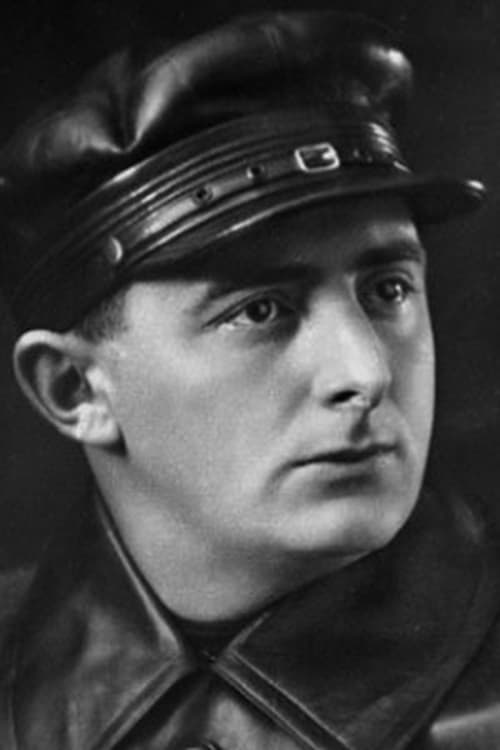Kino-Pravda No. 9 (1922)
장르 : 다큐멘터리
상영시간 : 14분
연출 : Dziga Vertov
시놉시스
Dziga Vertov-directed Soviet newsreel covering: Congress of the "Living Church" / Opening of the horse racing season / Demonstration of an American movie camera / Operation of mobile projection units.

고아 유리 지바고(오마 샤리프)는 그로메코가(家)에 입양되어 성장한다. 그는 크렘린 궁성 앞에서 노동자와 학생들이 기마병에게 살해되는 것을 보고 큰 충격을 받고, 의학을 공부해 빈곤한 사람들을 돕고자 꿈꾼다. 열심히 의학실습에 몰두하던 중 운명의 여인 라라(줄리 크리스티)와 마주친다. 1차대전에 군의관으로 참전한 그는 우연히 종군간호부로 변신한 라라와 재회한다. 1917년 혁명정부가 수립된 러시아에서 유리는 숙청을 피해 우랄 산맥의 오지로 숨어든다. 궁핍하지만 평화가 감도는 전원 생활을 보내던 그는 우연히 그 근처로 이주해온 라라와 다시 운명적으로 만나게 되는데...
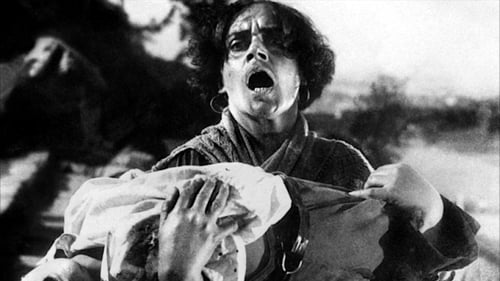
1905년, 제정 러시아 시대. 전함 포템킨의 수병들은 장교들의 학대와 열약한 근무 조건에 불만을 가지게 된다. 썩은 고기를 식량으로 사용한 사실은 그들의 반란의 기폭제로 작용한다. 수병을 없애버리라는 장교의 명령에 포병들은 거역하고 수병과 포병은 힘을 합쳐 동지가 된다. 전함을 완전히 장악한 이들은 승리감에 젖어 흑해 오뎃사 항구로 향하고 이 소식을 전해들은 시민들은 수병들을 환영하러 부두로 나온다. 한편 짜르의 명령을 받은 정예 코자크 군대가 출동하여 그들에 반항하는 시민들에게 무차별 공격을 가한다. 전함 포템킨에 탄 수병들을 환영하려 했던 시민들은 갑작스런 군대에 의해 피를 흘리며 쓰러져 간다. 수 많은 희생자가 나지만, 분노한 시민들은 수병들과 합세하여 봉기, 짜르의 군대와 싸우며 혁명의 대열에 서는데...

러시아의 짜르(황제)의 성에서 평화롭기만 하던 8세의 아나스타샤의 생활은 무엇 하나 부러울 것이 없는 행복한 낙원에서의 삶이었다. 그러나 행복한 순간은 사악한 마술사 라스푸틴의 저주가 온 황실 가족에게까지 뻗치면서 점차 사라져 가고, 결국 러시아 혁명으로 시작된 폭도들의 습격으로 황실이 공격을 받으며 라스푸틴의 저주는 성공을 거두게 된다. 폭동의 틈바구니에서 어린 아나스타샤와 그녀의 할머니 마리는 황실의 하인 드미트리의 도움을 받아 성을 빠져 나온다. 파리로 향하는 기차에 오르던 중 군중들 틈에 섞인 아나스타샤는 그만 할머니와 헤어져 혼자 남게 되는데...
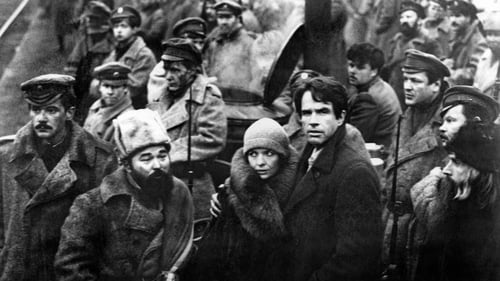
1917년 러시아혁명을 배경으로 미국의 급진적 공산주의자이며 저널리스트인 존 리드(웨렌 비티)의 일대기를 그린 영화이다. 존은 작가이자 여성인권운동가인 브리안(다이안 키튼)과 사랑을 나눈다. 그리고 공산주의자의 실체를 알기 위해 러시아로 떠난다. 이후 브리안도 불륜관계를 청산하고 존을 찾아 러시아로 가는데...
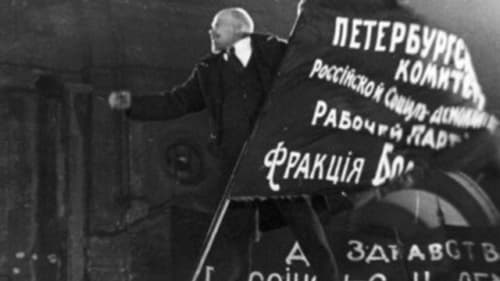
Sergei M. Eisenstein's docu-drama about the 1917 October Revolution in Russia. Made ten years after the events and edited in Eisenstein's 'Soviet Montage' style, it re-enacts in celebratory terms several key scenes from the revolution.

거리를 떠돌던 개 ‘샤릭’이 외과의사 ‘쁘레오브라젠스키’에 의해서 부랑자의 뇌와 생식기를 이식 받음으로써 인간 ‘샤리코프’로 변형되어 가는 과정을 그린 소설을 영화화 한 작품이다. 개를 인간으로 변형 시킨다는 다소 부 자연스런 설정이 볼셰비키 혁명을 빗댄 것이라는 작가의 의도가 숨겨져 있다고 하는데 그 시대적인 배경의 의미를 충분히 이해하지 못하더라도 이야기의 과정을 통해 다른 의미들을 발견할 수 있다. 수술로 인해 개가 인간으로 변형이 되어 가고 있지만 천성적인 습성과 그리고 새로 이식된 부랑자의 습성의 혼돈, 불완전함이라는 전제하의 무례함과 뻔뻔스러움, 사회성 결여 등이 극중의 샤리코프에게 반면교사되는 관객의 입장에서 결코 자유스러울 수 없다. 우리나라에서도 ‘거장과 마르가리타’, ‘백위군’, ‘개의심장’, ‘조야의 아파트’ 등 몇 작품이 소개된 불가코프는 1930년 대 극작가이자 소설가다. 1917년 볼셰비키 혁명이후 러시아는 백위군과 적위군 사이의 내전에 시달렸는데 키예프의 중류층태생의사였던 불가코프도 백위군에 가담해 싸운 전력이 있다. 불가코프는 반동세력으로 간주되었고 그의 작품들 역시 당 이념에 맞지 않는다는 이유로 무수히 검열에 걸려 좌절하곤 했다. 실제로 그의 작품들 태반이 소비에트 시절에는 출판금지 대상이었고 대표작으로 손꼽히는 걸작 ‘거장과 마르가리타’ 역시 불가코프 사후 30여년이 지나서야 빛을 볼 수 있었다. 이율배반적이었던 스탈린은 남몰래 ‘반동 작가’ 불가코프의 재능을 아꼈다. 그래서 불가코프는 ‘조야의 아파트’나 ‘위선자의 밀교’ 등 다분히 체제 고발적이고 풍자적인 희곡을 무대에 올릴 수 있었지만 쏟아지는 비난 탓에 공연은 곧 막을 내려야 했다.

러시아 로마노프 왕조의 마지막 황제 니콜라이 2세가 아나스타샤 공주와 함께 미국에 몰래 남긴 황금을 차지하기 위한 대소동을 그리고 있다.
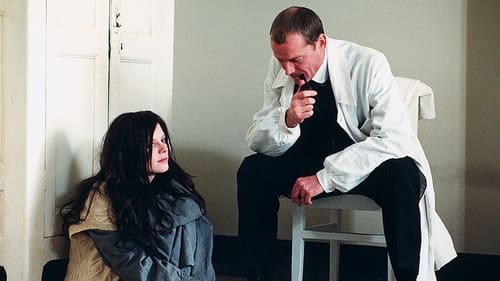
Zurich, 1905. 19-year-old Russian Sabina Spielrein is put by her parents in a psychiatric hospital, suffering from a severe form of hysteria and refusing to eat. A compassionate doctor, Carl Gustav Jung, takes her under his care and, for the first time, experiments with the psychoanalytical method of his teacher Sigmund Freud. Thus is born a sweeping story of love and passion, of body and soul, soaring to the utmost heights, but also plunging to the darkest depths of the 20th century.
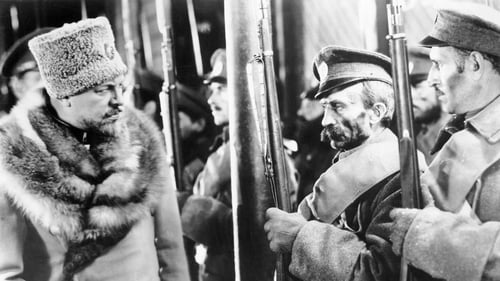
영화는 1928년 할리우드의 스튜디오에서 시작한다. 러시아 출신의 유명감독은 러시아 혁명을 소재로 하는 영화를 찍기 위해서 배우를 찾던 도중, 과거 제정 러시아의 핵심 인물이었던 대공 알렉산더 장군(에밀 제닝스)을 발견하고는 깜짝 놀란다. 신경쇠약에 걸려 계속해서 몸을 떠는 그 노인의 시점을 통해서 영화는 1917년 러시아로 돌아간다. 그 당시 권력자로서 한가롭게 휴가를 즐기던 장군은 성난 군중들에 의해서 노예의 위치로 전락하고 심지어 사랑하는 여인에게서도 버림받게 된다. 그 사건의 결과로 장군은 그만 신경쇠약에 걸리게 되는데...

대내외적으로 전운이 감도는 제정 러시아 말기. 오랫동안 기다려왔던 왕자가 태어나자 로마노프 왕가는 기쁨에 휩싸인다. 그러나 그것도 잠시, 왕자의 혈우병 사실이 밝혀지면서 황제 니콜라스(Nicholas: 마이클 제이스톤 분)와 황후 알렉산드라(Alexandra: 자넷 수즈만 분)는 깊은 슬픔에 삼긴다. 기적을 행하는 것으로 알려진 그레고리 신부가 죽음 직전에 이른 왕자를 살려내자 알렉산드라는 맹목적으로 그의 말만을 따르게 된다. 부동항을 얻기 위한 러.일 전쟁도 실패로 돌아가고, 전쟁과 굶주림에 시달린 백성들은 대규모의 폭동을 일으키는데 군대의 과잉 충성으로 수백명이 사살되는 엄청난 사건이 발생한다. 그럼에도 불구하고 왕권 신수설을 신봉하는 니콜라스는 의회와 사사건건 대립하면서 독일을 치기 위해 군대 총동원령을 선포하여 백성들로부터 신임을 잃고 만다. 한편, 활발한 지하 활동을 벌이던 공산 세력은 레닌을 중심으로 혁명을 꾀하는데...
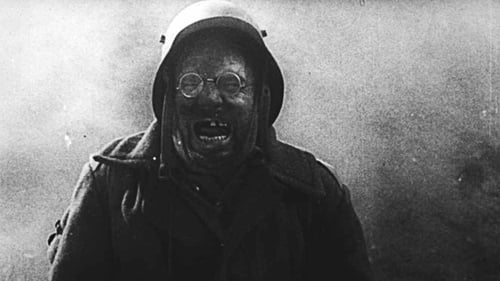
A soldier returns to Kyiv after surviving a train crash and encounters clashes between nationalists and collectivists.

Dziga Vertov-directed Soviet newsreel made to commemorate the first anniversary of the death of Vladimir Ilich Lenin (21st January 1924 - 1925) drawn from 'The Final Journey', a Pravda feuilleton written on the occasion of Lenin's funeral by the man who had introduced Vertov to cinema, Mikhail Koltsov. Contains: First anniversary of Lenin's death: 1. Assassination attempt on Lenin and Soviet Russia's progress under his leadership / 2. Lenin's illness, death and funeral / 3. The year after Lenin's death

Story of Anna Anderson, who claimed to be Anastasia Romanov, the only surviving daughter of the Czar and Czarina of Russia.

Drawing on the collections of major Russian institutions, contributions from contemporary artists, curators and performers and personal testimony from the descendants of those involved, the film brings the artists of the Russian Avant-Garde to life. It tells the stories of artists like Chagall, Kandinsky and Malevich - pioneers who flourished in response to the challenge of building a new art for a new world, only to be broken by implacable authority after 15 short years and silenced by Stalin's Socialist Realism.

Starting in 1881 this film shows the personal battle between Lenin's Ulyanov family and the royal Romanovs that eventually led to the Russian revolution.

Russia, 1917. After the abdication of Czar Nicholas II Romanov, the struggle for power confronts allies, enemies, factions and ideas; a ruthless battle between democracy and authoritarianism that will end with the takeover of the government by Vladimir Lenin and the Bolsheviks.

March/April 1917. The first world war is already a couple year to pace. A sealed train with Russian emigrants keeps on driving from Zürich Germany and Sweden to Sint-Petersburg. The outlaws stand under the guidance of Vladimir J. Lenin. Two senior officers support the revolutionary bomb "to ensure that everything runs smoothly. Yet there are some unpleasant clashes between Socialists and enthusiastic workers who are worried about the war. During train travel there comes an end to Lenin's affair with the gracious Inessa, and his wife Nadja is prepared take back him. The triumphant entrance in St. Petersburg will exceed all expectations....

1918 year. A woman commissar has been appointed from the Central Committee of the Bolshevik Party to the Russian warship Gromoboi, which is ruled by anarchist sailors. The leader of the ship is the anarchist Vozhak. The Commissioner was instructed to reorganize the naval detachment into the First Sailor Regiment. She faces a difficult task: to win the authority of the sailors and eradicate anarchy. Of the remaining officers on the ship — lieutenant Bering, who served in the tsarist fleet on the battleship "Emperor Paul I". He must become the commander and, together with the sent commissar, lead the regiment to the front in the Black Sea region.

Dziga Vertov-directed Soviet newsreel covering: Up the Eiffel Tower in Paris / Moscow / Auto race Petrograd – Moscow / Aspects of everyday Soviet life / Peasant from Jaroslavl' visiting Moscow / Ceremonial introduction of a newborn into a workers' collective

A short film made by Yuri Norstein for the 60th anniversary of the October Revolution, The 25th - the First Day recounts that day using art from the revolutionary period.
